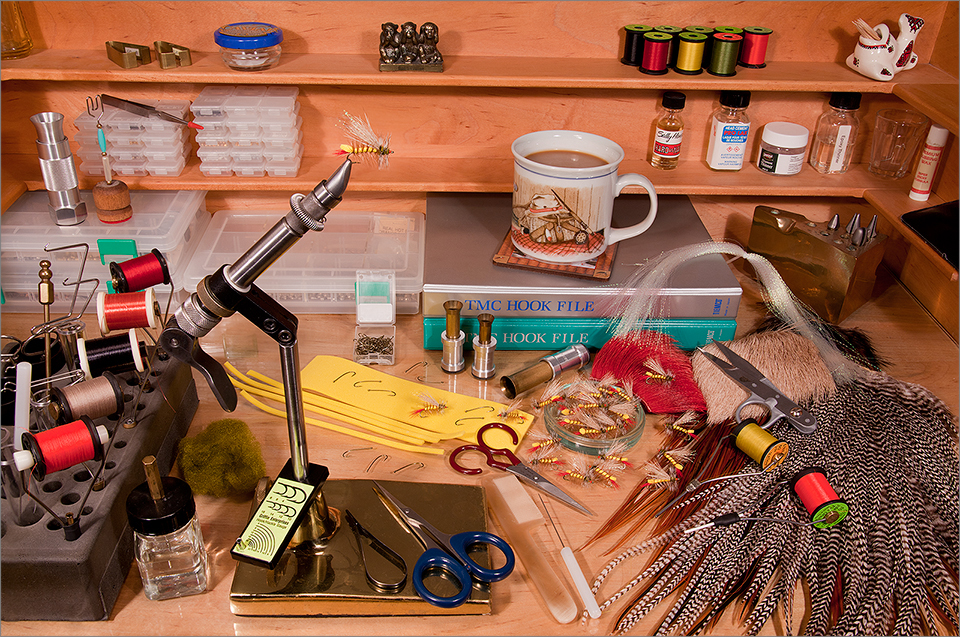
If you’re a fly-fishing enthusiast, you’re probably aware there’s another aspect to the sport that goes hand-in-hand with this popular piscatorial pursuit. Many fly anglers also make (tie) their own artificial flies. It’s a great feeling of accomplishment when you create something out of colorful bits and pieces of feather, fur, wool, and other natural or man-made materials, and then use it to catch a fish.
The winter months are the perfect time for this hobby, and it’s when most tyers try to fill the vacant compartments in their fly boxes. It’s wintertime here now, so I’ve started to tie some trout flies for the coming season. My stockpile of certain patterns has dwindled to the point where I need to do some serious replenishing. Otherwise, I may be forced to go with Plan B … to buy them. I prefer using flies I’ve tied myself, so I’m going to try and complete all the patterns I’ll need for the year. At least, that’s my Plan A.
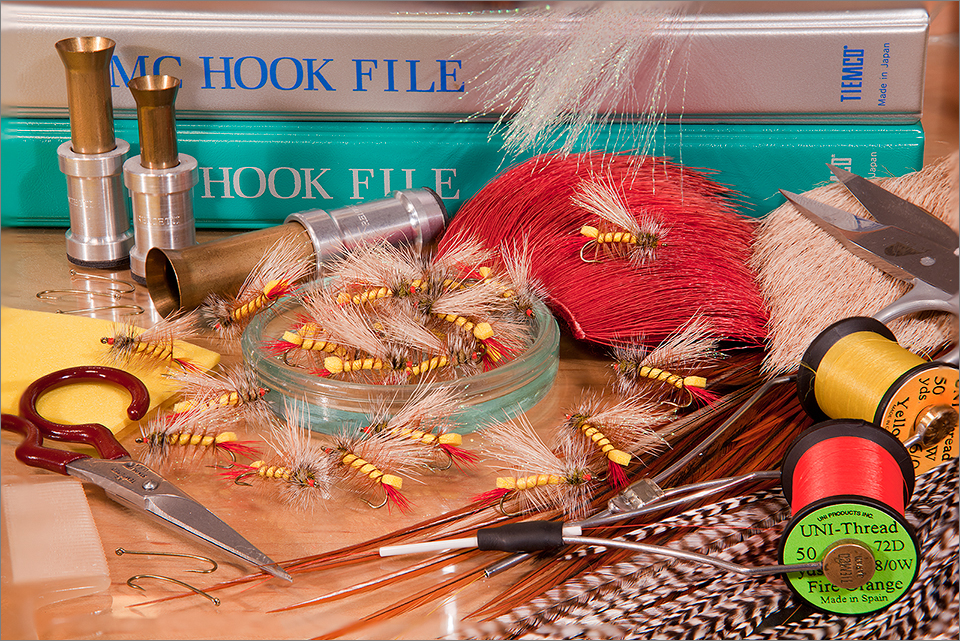
Tying hoppers for the fishing season
Some people view fly-tying as an art form. If art can be defined as anything that takes skill and imagination to complete, then fly-tying can certainly be considered a form of art. Not only can you make something that can be used to entice a hungry trout or other gamefish, your creations can also be aesthetically pleasing to the eye.
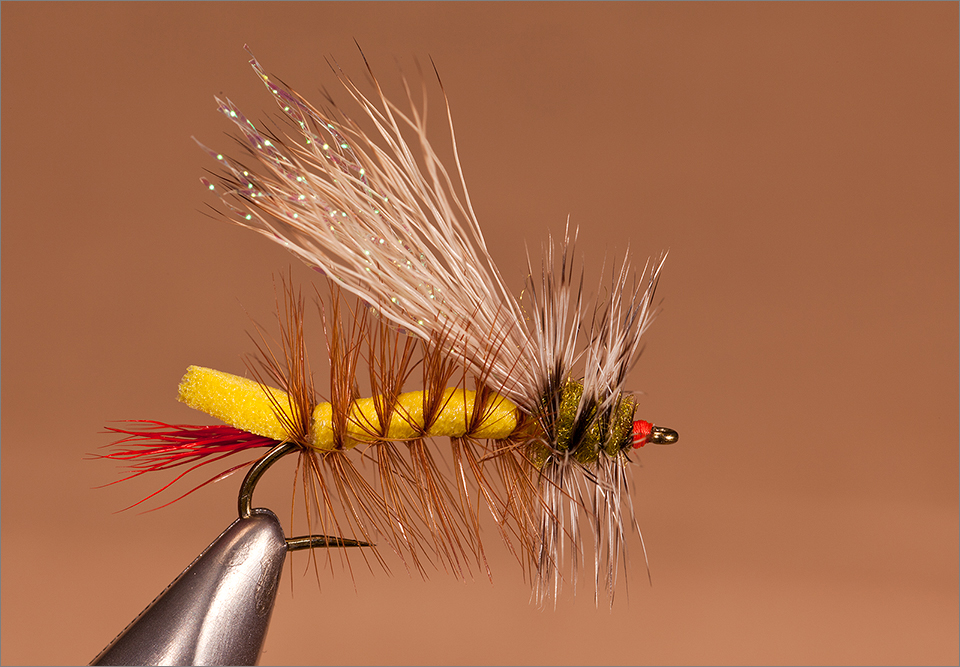
SA (Southern Alberta) Hopper
Artificial fly patterns can be very interesting and beautiful to look at, regardless of how they’re presented, or the skill in which they were made. Whether they’re found in a rusty fly box tucked away in the pocket of a fishing vest, or mounted in a fancy shadow box hanging from one’s wall, they’re all wonderful pieces of art. Beauty is in the eye of the beholder, and it doesn’t matter if they’re perfect examples, meticulously-tied by a professional, or imperfect examples, hastily-tied by a hobbyist.
Some flies are tied to catch angler’s eyes, while others are tied to catch fish. Both are nice, but I prefer the latter.
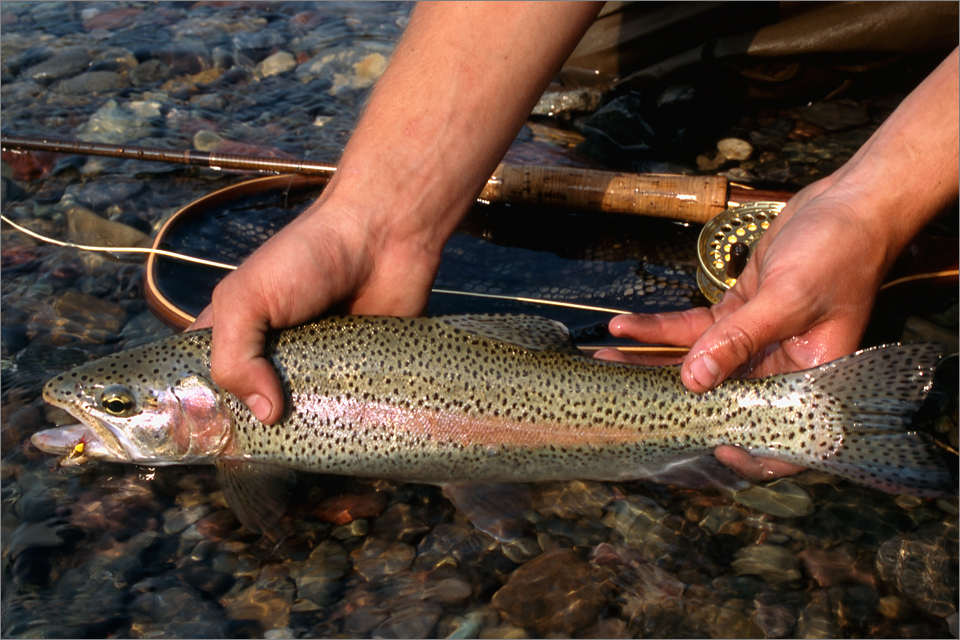
Castle River rainbow trout caught on an SA Hopper
Final Thoughts – The SA Hopper
The SA Hopper is one of my favorite dry flies. It was developed in the mid-1990s by a friend, Roman Scharabun (1952-2005), of St. Albert, Alberta.
Roman was a school teacher by profession but was also an extremely innovative and talented fly-tyer who enjoyed designing new and improved fly patterns for southern Alberta’s trout streams. Among the patterns he is credited with are the R.S. Quad May series of mayfly imitations and the SA Hopper.
I fished with Roman on several occasions while his yet unnamed hopper pattern was still in its experimental stage. It worked incredibly well on the Crowsnest, Oldman, and Castle rivers, and their trout loved them. Initially, Roman had considered calling his new fly the Crowsnest Hopper. Upon discovering its effectiveness on all of the trout streams in this area, another fly-fisher friend of Roman’s, Bill Robertson, suggested the name SA (Southern Alberta) Hopper. The rest, as they say, is history.
Not only does the SA Hopper work as a grasshopper imitation, it can also imitate golden and Yellow Sally stoneflies. It’s a versatile fly to carry in your fly box and I wouldn’t be without it. In the event you tie flies yourself and would like to try making these, I have included the recipe at the bottom.
For more information about the SA Hopper, including a material list and photos, click the fly pattern title below. You will be able to view and download the pdf document for future reference.

Roman Scharabun
Hook: Tiemco 200R, 2302, or equivalent, size 8-14
Thread: 6/0 – 8/0, fire orange
Tail: Red elk or deer hair
Abdomen: Yellow closed-cell foam (2mm thickness), cut into strip 1/2 – 2/3 width of hook gap. Leave a bit of foam, trimmed to a V-shape, extending over the back of the hook.
Ribbing: Brown hackle
Underwing: 4-6 strands of pearl Crystal Flash
Wing: Elk or deer hair
Thorax: Light to medium-olive synthetic dry-fly dubbing
Hackle: Grizzly

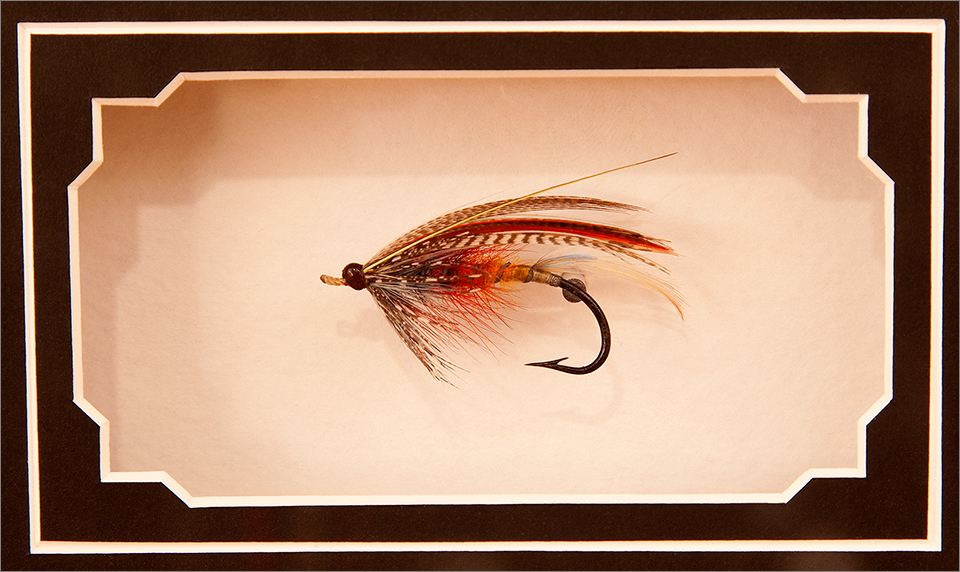
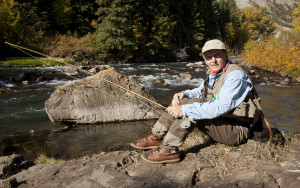
4 Comments
Vic :
Greetings from spring-like eastern Washington… where we’ve been enjoying temperatures as high as 10º over the past few weeks … and the orchardists and grape growers around here are about petrified we will get a major cold snap ( near certainty ) that will wipe all all the budding that’s going on.
Nice looking pattern that SA Hopper … and a nice looking, organized for the camera, tying bench, too :-))
I too have taken to using small plastic containers that will hold what I need for individual patterns I’m working on resupplying. Right now its Copper Johns and small scud patterns. It works better than hauling out everything to try and find, say, red-dyed grizzly hackle in dry fly stiffness (always in the last drawer, on the bottom, no matter what it is ! )
BTW, is there a body to the hopper? … or is it a thread base with the foam Palmered / ribbed around w/ the hackle to hold everything in place? In smalll sizes, that’ll make a great Yellow Sally, too – as you said.
Spring willl come, eventually … even there. Meantime, you both take care and I’ll see you in what’s really only a few months.
Terry
Hi Terry,
It sounds like you might be in for an early spring. Hopefully not, though. It’s the opposite here. We’ve been getting lots of snow and cold temps. There’s a bunch more snow in the forecast for us this week.
The SA Hopper is a great pattern and it’s easy to tie, too. My tying bench is not always as tidy or organized-looking as shown in the photos. Far from it, actually. My supply of Copper Johns is down to a small handful, and it will be one of the next patterns I tie. I usually work on one fly pattern at a time. It doesn’t bother me to tie 5-6 dozen, before moving on to the next one.
When I tie the SA Hopper, I start by attaching the tail material about 2/3 of the way up the hook shank. This way, I have an even base, or underbody, to wrap the foam strip around. You may want to whip up some of these flies for your trip this summer. They are easier to tie than most bull trout flies and are a lot less tiring to cast! We won’t talk about bull trout, though, until you get here. Maybe not even then!
Vic: Great looking tying bench. I’m envious. I work out of Tupperware boxes! Nice tying on SA Hopper pattern…you’re ready for August.
robert
Hi Robert,
Glad you like my tying bench. It’s usually not that organized looking, though. I keep a lot of my fly-tying materials in Tupperware containers too. They work great for food as well. I have put a small dent in the list of flies I need to tie but still have a long way to go. Thanks for visiting!